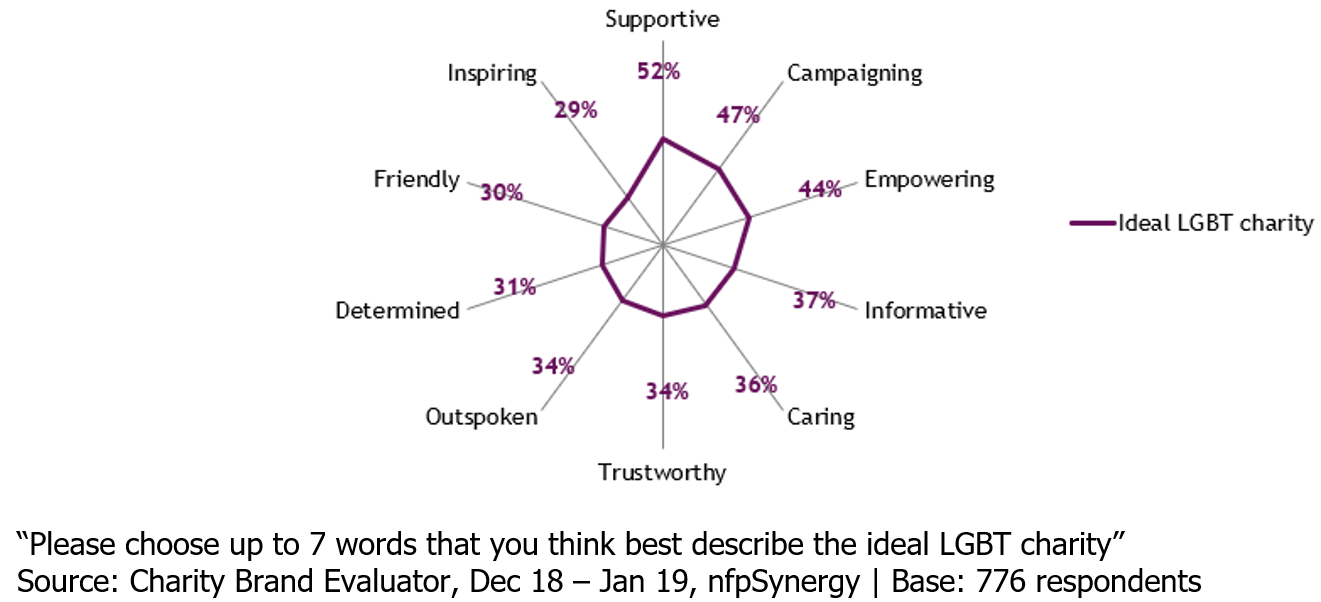The past few weeks have shown us really well that despite being seemingly in remission the issues of inequality and exclusion are still deeply embedded in our societies. They’ve underscored the importance of continuous learning and educating ourselves on the history of discrimination in order to understand the perspective of minority audiences and truly represent the voices of those whose rights thousands of activists and organisations still fight for.
The past several weeks have also seen millions of people around the world coming together to celebrate Pride Month. This made me think of parallels one could draw between those who have historically been subject to discrimination based on their sexual orientation and skin colour. Indeed, we’ve come a long way since the riots of 1969. Just under 30 countries across the world now recognise same-sex marriage, and many more have decriminalised homosexuality, introduced anti-discrimination and hate crime laws. Yet, to this day, society often fails to recognise the ubiquity of certain discrimination patterns until there is an event triggering worldwide attention.
Our team at nfpSynergy believes that research is a tool with which you can include people and make their voices heard. We’ve previously discussed this in our recent blog where we also introduced our upcoming research project with the UK LGBT+ audiences. Just like the BAME community, LGBT+ remains largely under-researched in the charity sector. We wanted to complement our past research into what an ideal LGBT charity looks like by actually surveying LGBT+ audiences directly to get their perspectives on how and why they engage with charities who often speak on their behalf.
Ideal charities: An overview of sector ‘norms’
It comes as no surprise that many LGBT+ organisations are, by nature, campaigning. That compares really well with the results we got just over a year ago when we surveyed the general public on what they think an ideal charity working in the LGBT Equality sector looks like through our Charity Brand Evaluator (CBE). Almost half of the respondents chose 'Campaigning' as a word describing an ideal LGBT charity, which falls into its top 3 attributes:
- Supportive
- Campaigning
- Empowering
Some of the attributes that scored lower were Professional, Traditional and Cautious, demonstrating the real need for those working in the LGBT Equality to be compelling, bold and valiant.
Interestingly, campaigning doesn’t make the top of the list when it comes to ‘ideal charity’ attributes in more general terms, although over 70% of the public find it acceptable or slightly acceptable for charities to campaign to influence social or political change, according to our Charity Awareness Monitor. This is, however, good news for LGBT+ charities as such divergence in public views shows warmth towards their work and is something those organisations could definitely capitalise on.
This still leaves open the question of how the LGBT+ groups themselves would like to engage with those organisations that campaign for their rights, provide support, spread awareness, inspire and empower. We have previously discussed the importance of capturing the changing landscape of gender in our research and have since then introduced new demographic questions that went beyond the traditional gender classifications of male and female in all our surveys. However, the changing nature of those questions does not always suggest that the surveys are taken by enough members of gender minority groups to build robust representative samples, leaving those groups largely under-researched in the charity sector.
LGBT+ and the charity sector: Our upcoming LGBT+ research
Ironically, those groups that charities seek to support are often hard-to-reach and hence remain largely under-researched. nfpSynergy has previously addressed this gap in our research with the UK’s BAME population who are, without a doubt, a key audience for charities as donors, campaigners, service users and victims of discrimination and intolerance. The same is true of LGBT+ groups who we would like to survey in our brand-new syndicated research with a sample of 1,000 individuals who identify as LGBT+.
Whereas the events celebrating sexual diversity have inevitably moved online this year, we’d like to celebrate Pride Month by contributing to the ongoing learning process, raising awareness and improving societal understanding of this audience through our research. By mirroring questions of our Charity Awareness Monitor (CAM), we hope that this research will provide valuable insight into the ways this audience engages with charities through testing their views on fundraising, volunteering, favourite causes, awareness and more. More importantly, we hope it will help the sector to understand these audiences better and make more informed decisions about the way they engage with the LGBT+ community and tailor their services and messaging accordingly.
This survey will be going in field next month, allowing us to capture the most current trends and developments that could play a role in changing public perceptions of the charity sector. If you wish to learn more about this piece of research or would like to take part, do let us know by emailing insight@nfpsynergy.net.


